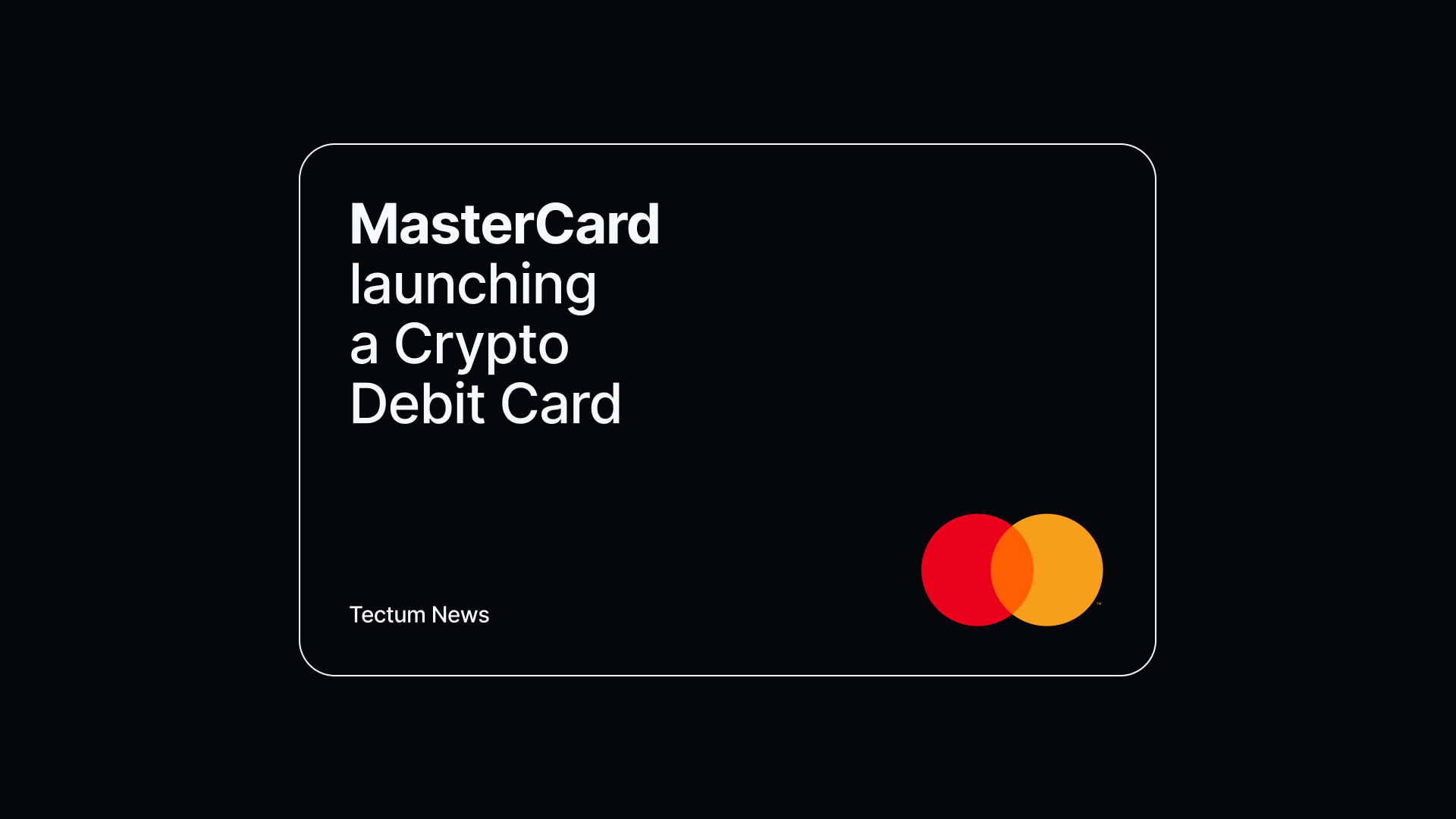MasterCard partners with MetaMask to launch crypto debit card payment solutions in a recent bold move into decentralized finance. This initiative promises greater utility of blockchain tokens and revolutionizing cryptocurrency payments. While there are expansion plans, only individuals in the United Kingdom and countries in the European Union can use this service.

How does the MasterCard crypto debit card work? Does it solve current issues with Bitcoin payments? Are SoftNote bills and SoftNote Pay better payment options? We will answer these questions in this article.
MasterCard Crypto Debit Card: All You Need to Know
The crypto debit card is an initiative pioneered by MasterCard and Metamask to enable people to spend their cryptocurrencies seamlessly. This is a global payment solution, as individuals can use this card on Google Pay, Apple Pay, and any merchant that accepts MasterCard.
Instead of converting their blockchain tokens to fiat via crypto off-ramps, people can directly spend their cryptocurrencies for a lower transaction fee. When making payments, the system deducts the equivalent of the amount required since the card is connected to a user’s Metamask wallet.
While setting up the card, users can select the default cryptocurrency for payment. Furthermore, individuals must bridge their tokens to the Linea network and set a spending limit to activate the crypto debit card.
Speaking of payments, people can only spend USDC, USDT, and wETH via the crypto debit card. The reason is that Linea powers all transactions via the card, and individuals can only use tokens the blockchain approves.
This is not the regular crypto card linked to a centralized exchange wallet. The card is linked to Metamask – a noncustodial wallet that enables people to maintain control over their funds. In this regard, users remain in control of their funds at all times.
What is SoftNote Bills?
SoftNote Bills are mini-crypto wallets that enable people to store their tokens in smaller units and use them for payment like fiat notes. Built on the fastest blockchain – Tectum, this crypto cash fosters cheap and instant transactions. Regardless of the amount they are spending, people can make instant payments with BTC, ETH, USDT, and several other crypto for a $1 fee.
While regular blockchain wallets send and receive cryptocurrencies, SofNote Bills simply change ownership of the funds. The process begins with minting a SoftNote Bill. There are various denominations of this crypto cash and people get to choose which one they want to create. Afterward, users can add the equivalent value to the mini-wallet.
Every SoftNote Bill has a unique serial number and QR code that the sender gives the receiver. After getting the serial number or scanning the QR code, the receiver must enter a passcode, which only the owner has. The receiver only takes ownership of the tokens stored in a bill after they enter the correct passcode.
SoftNote changes the passcode to each bill after every transaction to ensure top-notch security and prevent fraud.
MasterCard Crypto Credit card or SoftNote Bills? Which is Better?
To gauge which option is better between MasterCard crypto debit card and Tectum SoftNote Bills, we will compare them under the following metrics:
Privacy and Security: The Mastercard crypto debit card is very secure as it processes transactions using Linea – a fast layer-2 zkEVM blockchain. However, it requires users to submit information for KYC verification. On the other hand, Tectum SoftNote Bills process transactions via Tectum – the fastest layer-1 blockchain with zero-knowledge proofs and proof of utility consensus mechanism. Unlike MasterCard crypto cards, SoftNote Bills do not demand that users submit information for KYC verification. In this regard, SoftNote Bills protect user privacy better than MasterCard crypto cards.
User-Friendliness: Using the MasterCard crypto credit card is simple because it works similarly to traditional ATM cards. People only need to top up their Linea account with Ethereum to pay gas fees. People can spend SoftNote Bills in various ways, from scanning QR codes to printing the bill on paper or memorizing the serial number. Although users will pay $TET as gas fees when minting new bills, every other process is straightforward. Both payment solutions seem to have equal edges on user-friendliness and design.
Transfer/Gas fees: While it is not yet certain, speculations state that users will pay a 0.95% fee per transaction. There are also claims of issuance and maintenance fees. However, we cannot confirm that information. SoftNote Bills, on the other hand, charge between 0.%-%1 fees for transactions. However, there is a catch. Regardless of the amount, users will not pay fees of more than $1. In simpler terms, SoftNote Bills transaction fees are capped at $1.
Availability: While rolling out the pilot program, MasterCard stated that its crypto debit card will only be available in the United Kingdom and European Union. In contrast, SoftNote Bills are available globally, as people can mint, fill, and spend this crypto cash anywhere on the planet. Tectum is constantly integrating businesses into its ecosystem as SoftNote Merchants that accept SoftNote Bills for payment. The limited availability of MasterCard crypto debit cards makes SoftNote Bills a better option for individuals outside of Europe.
Judging from the criteria above, SoftNote Bills is a better crypto payment method than MasterCard’s crypto debit card.